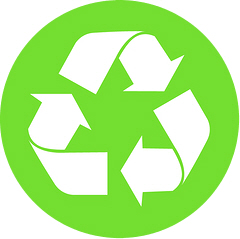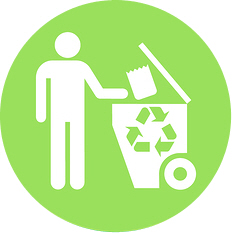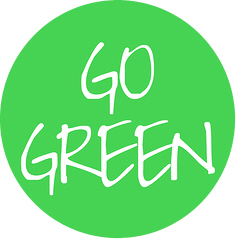|
What is Recycling and why do we do it? Recycling is the process of taking something that has previously been used or some other form of waste and turning it into a reusable item. Recycling has been around for thousands of years but has become more prominent over recent years. Since research on landfill, carbon emissions and greenhouse gasses has increased our knowledge on the negative effects these have on our planet and how recycling can improve this, the government has made efforts to increase the amount of recycling we do as a nation and to make each individual responsible Recycling Paper Paper is one of the 4 main recyclable products along with glass, plastic and tin cans. Almost all paper can be recycled, however it cannot be recycled forever. Each time paper is recycled the fibres shrink and after about 6 processes the fibres become too small to be reused. Recycling paper definitely has its advantages though. As we all know, paper is formed from the bark and wood that comes from trees which are necessary to the environment. By recycling paper we can minimize the amount of trees being demolished, which not only eliminates a lot of waste by reusing used paper, but we are also boosting the planets carbon defence. The Paper Recycling Process The product 1. First, the used paper is collected by specialist refuse collectors, including Local Authorities before being sorted through and graded in terms of quality. 2. The paper is then sent to a Paper Mill where it is put into a large tank and mixed with water and other chemicals to seperate the fibres within the paper. 3. A screening process then takes place to remove debris such as glue, paperclips and other unusable waste before the pulp is cleaned, bleached, de-inked and whitened. 4. The pulp is then sent through a roller machine which removes much of the water. The water is then sent back to the start of the production line ready to be used again. 5. Once most of the water has been removed the pulp is then sent through a variety of heated rollers to dry out the paper. 6. The final stage of the paper recycling process is to pass though a machine that acts like an iron, to straighten out the paper before it is wound onto huge rolls and sent off to be cut and used in the factories. As you can see recycling is massively important to the planet in terms of how much our carbon footprint is reduced by recycling paper and buying recycled paper. That's why we offer a great selection of recycled products here at First for Paper. Go to our Recycled Paper and Card Catagory to view the ranges. We have everything from our Colorset range which has over 30 vibrant colours to our Rapid Recycled card which is an excellent quality smooth white paper and card.
|
|










 for lowering their own carbon footprint. The Government helped this by bringing in The Household Waste Recycling Act 2003 which meant that every local authority was required to provide a separate collection for recyclable waste.
for lowering their own carbon footprint. The Government helped this by bringing in The Household Waste Recycling Act 2003 which meant that every local authority was required to provide a separate collection for recyclable waste. ion of recycled paper is not necessarily a simple one, however it is very beneficial due to the reduced amount of energy and raw materials compared with producing new paper. Here is a step by step guide on the process for recycling paper.
ion of recycled paper is not necessarily a simple one, however it is very beneficial due to the reduced amount of energy and raw materials compared with producing new paper. Here is a step by step guide on the process for recycling paper.


